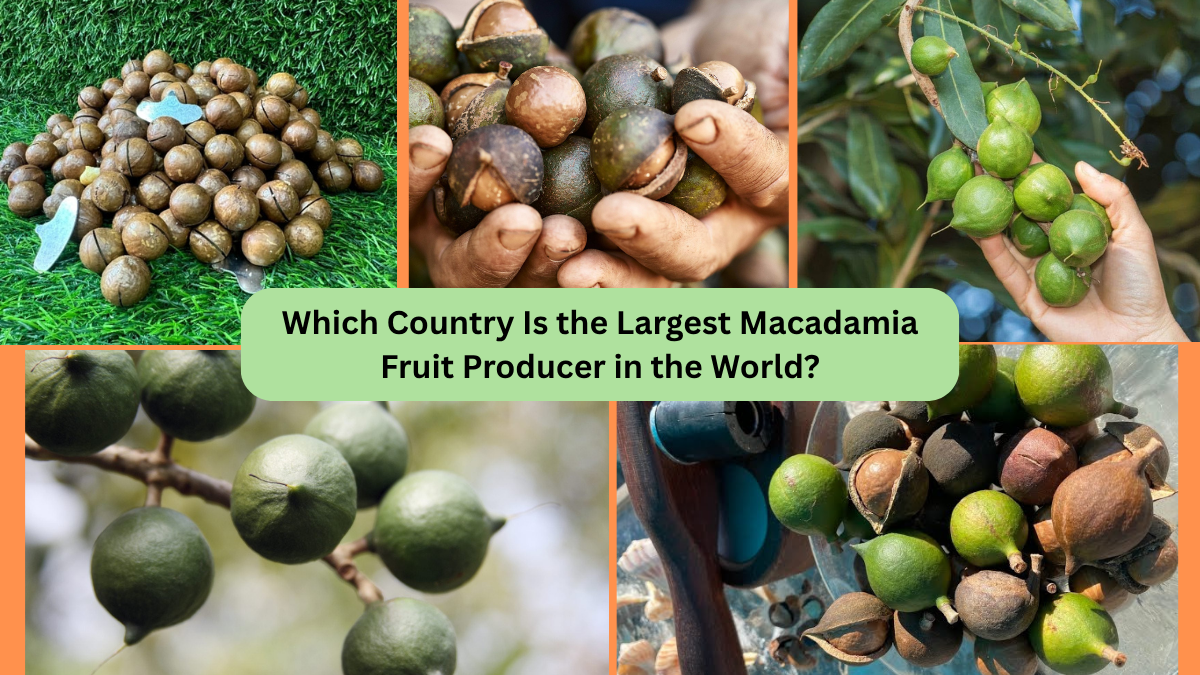When you think of luxurious, buttery nuts used in fine chocolates, baked goods, or gourmet trail mixes, macadamias likely come to mind. Often regarded as the “queen of nuts”, macadamias have a rich flavor and exceptional texture, making them a favorite in kitchens and industries around the world. But while their culinary appeal is widely celebrated, the question remains: Which country is the largest macadamia fruit producer in the world?
In this article, we’ll explore the fascinating journey of macadamias — from their native roots to their rise in global markets — and reveal which nation dominates the production of this prized fruit.
What Are Macadamia Fruits?
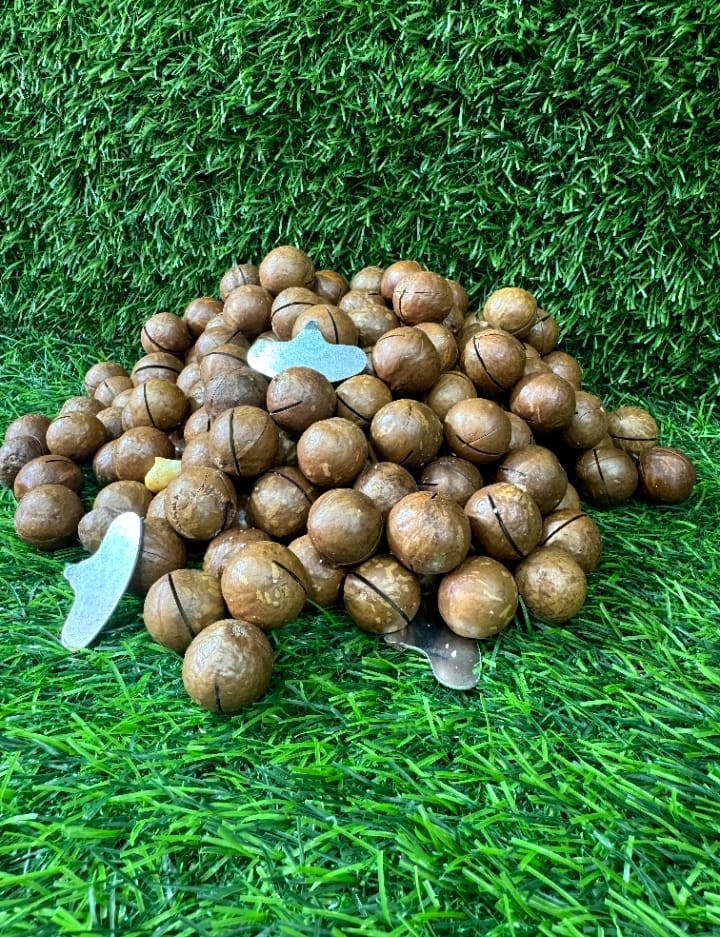
Before diving into global production rankings, let’s clarify what macadamia fruit actually is. Often referred to simply as macadamia nuts, the edible part is the seed of a hard, woody fruit (called a drupe). This tough outer shell encloses a single round, cream-colored kernel — the macadamia nut we know and love.
There are four macadamia species, but only two are commercially cultivated:
- Macadamia integrifolia — with smooth shells
- Macadamia tetraphylla — with rough shells and slightly more intense flavor
The trees are evergreen and native to eastern Australia, known for thriving in subtropical climates with rich volcanic soils.
The Native Home of Macadamia
Macadamia trees are indigenous to Australia, particularly Queensland and New South Wales. Indigenous Australians consumed these nutritious nuts long before European settlement, referring to them as “Kindal Kindal” or “Bauple nuts”.
While Australia remains a major player in macadamia cultivation, over the last century, the trees have been introduced to other suitable climates around the world, leading to a shift in production leadership.
Which Country Is the Largest Macadamia Producer Today?
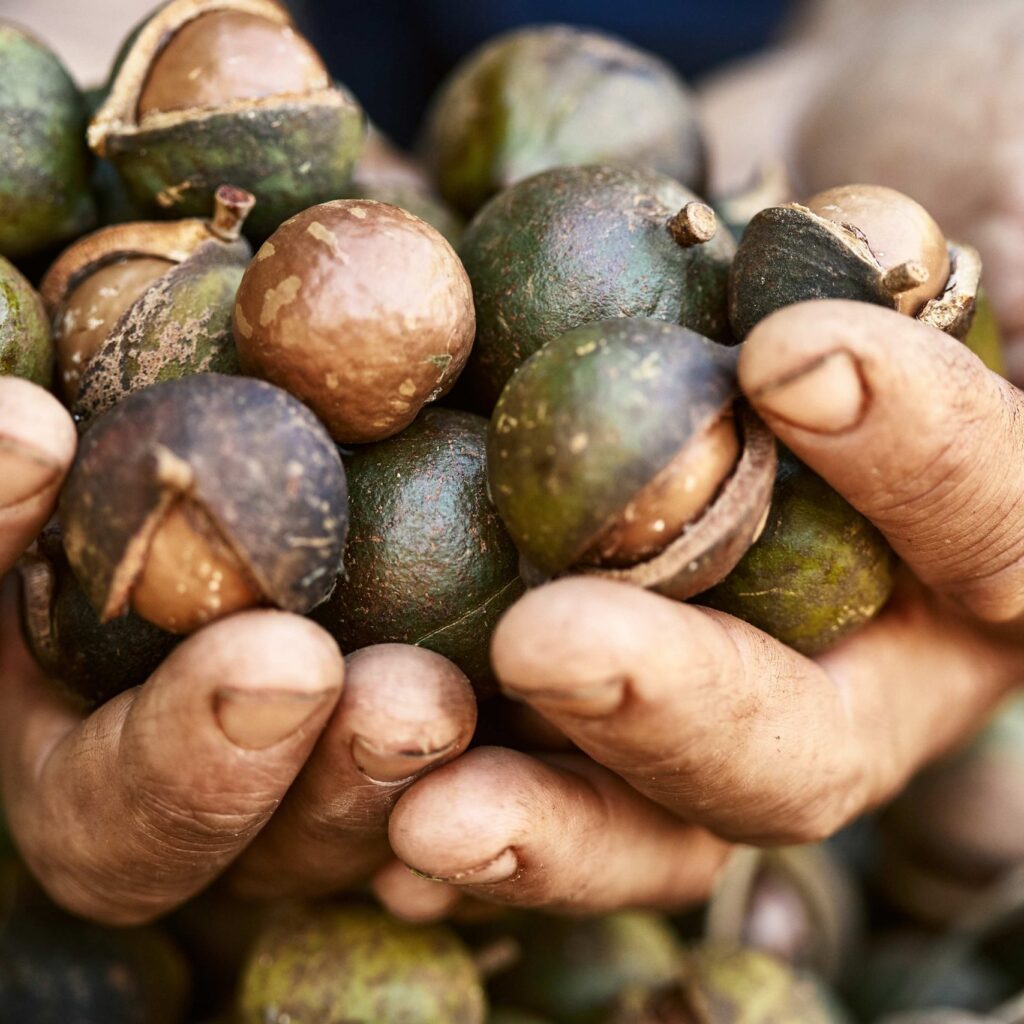
As of the latest available agricultural reports, South Africa holds the title of the world’s largest macadamia producer, surpassing even Australia in annual output.
South Africa: The Global Macadamia Powerhouse
South Africa’s ascension to the top of global macadamia production is a fascinating success story. Benefiting from its ideal climate, rich soils, and investment in modern farming practices, the country has transformed itself into a leading macadamia exporter over the past two decades.
Key reasons for South Africa’s dominance:
- Perfect climate in provinces like Mpumalanga, Limpopo, and KwaZulu-Natal.
- Rapid expansion of macadamia orchards in response to global demand.
- Heavy investment in processing facilities and export logistics.
- Strategic cultivation of high-yield, disease-resistant macadamia cultivars.
According to industry reports, South Africa now produces over 60,000 metric tonnes of macadamia nuts in shell (NIS) annually, accounting for nearly 30% of the world’s total supply.
How Other Countries Rank in Macadamia Production
While South Africa currently leads the global market, several other nations are significant contributors to macadamia production:
Australia
As the native home of macadamias, Australia remains a vital player. The bulk of Australian macadamia orchards are located in Queensland and northern New South Wales.
Australia produces approximately 45,000–50,000 metric tonnes of nuts in shell each year, exporting around 70% of its harvest to countries like Japan, the US, and China.
Malawi
A rising star in Africa’s agricultural scene, Malawi has significantly increased its macadamia production over the past decade. The country’s warm, subtropical climate and fertile soils are ideal for macadamia cultivation.
Malawi now produces around 8,000–10,000 metric tonnes annually and is poised for further growth as global demand continues to rise.
Kenya
Like Malawi, Kenya has embraced macadamia farming as a profitable alternative to traditional cash crops like coffee and tea. The country produces roughly 6,000–8,000 metric tonnes of macadamia nuts each year and has an active domestic processing sector.
United States (Hawaii)
Hawaii is the only US state producing macadamias commercially. Though once a global leader in the 20th century, Hawaii’s output has declined due to rising labor and land costs. Currently, it produces around 5,000–6,000 metric tonnes annually.
Culinary and Commercial Uses of Macadamias
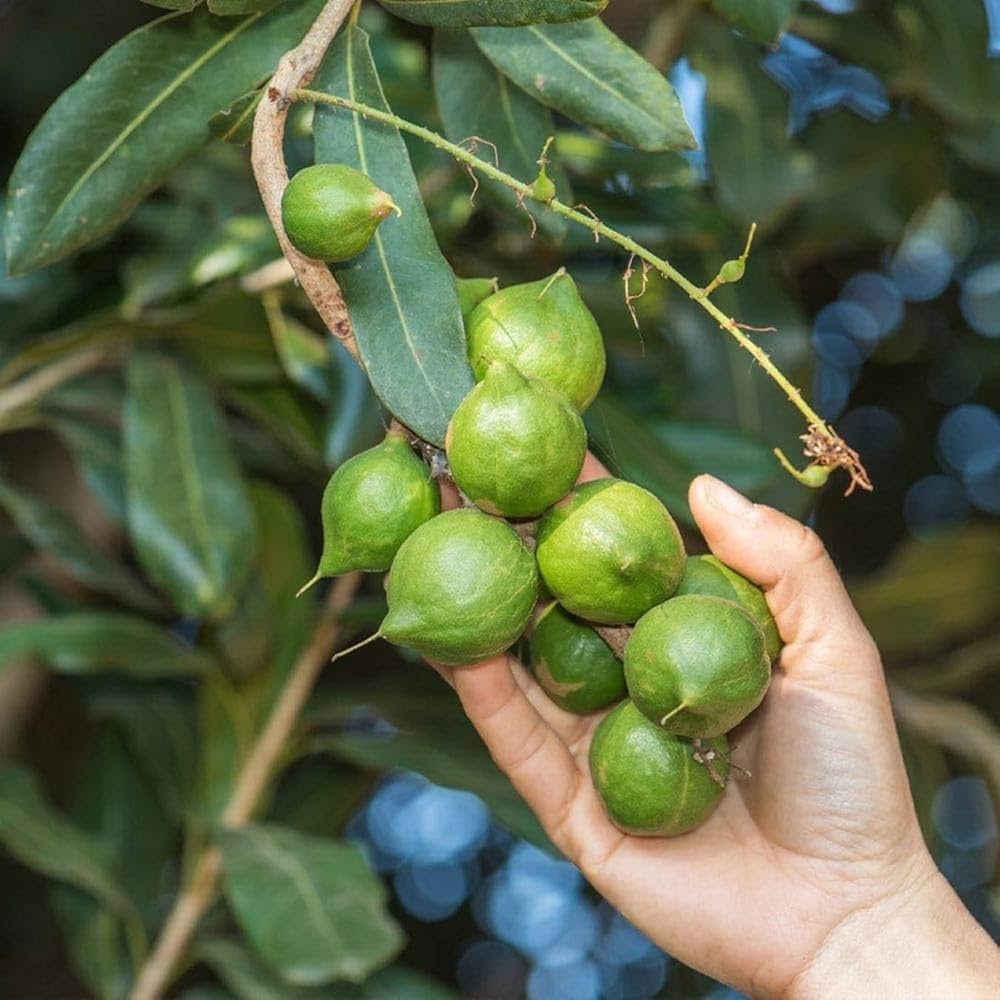
Macadamia nuts are prized for their:
- Rich, buttery flavor
- High oil content (up to 78%)
- Creamy texture
They’re enjoyed:
- Raw or roasted
- In cookies, chocolates, and confectionery
- As oil for cooking and cosmetics
- In dairy-free butters and spreads
Macadamia oil is also used in premium hair care, skincare, and massage products, valued for its omega-7 fatty acids and moisturizing properties.
Global Market Trends
The global macadamia industry is currently valued at over $2.5 billion USD, with projections for significant growth over the next decade.
Key drivers include:
- Rising health awareness about the nutritional benefits of macadamias.
- Increasing demand for plant-based, cholesterol-free oils.
- Expansion of specialty and gourmet snack markets in Asia and Europe.
- Growth in plant-based dairy substitutes, with macadamia milk gaining popularity.
Why South Africa Took the Lead

South Africa’s climb to the top spot is the result of strategic, large-scale investment in the macadamia sector, including:
- Development of export-ready processing facilities.
- Government support for commercial orchard development.
- Adoption of modern irrigation, pest management, and orchard practices.
- Formation of cooperatives and industry bodies like SAMAC (Southern African Macadamia Growers’ Association).
These efforts have allowed South Africa to supply premium-quality macadamias consistently to international markets.
Environmental and Social Impact
While macadamia farming has boosted rural economies, especially in South Africa and Malawi, there are environmental concerns to address:
- Water use management in drought-prone regions.
- Biodiversity preservation in sensitive ecosystems.
- Fair trade and labor practices for smallholder farmers.
Encouragingly, several producers are adopting sustainable practices and certification programs to meet global standards.
Conclusion
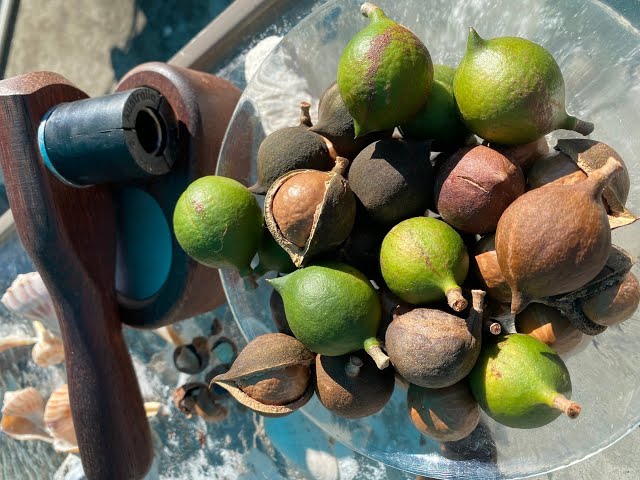
So, which country is the largest macadamia fruit producer in the world?
The clear leader is South Africa, followed by Australia, Malawi, Kenya, and the United States (Hawaii).
South Africa’s combination of ideal growing conditions, modern agriculture, and export infrastructure has positioned it as the global macadamia powerhouse. As consumer demand for this delicious, nutrient-rich nut continues to rise, other countries like Malawi and Kenya are expanding their production to compete in this lucrative market.
Key Takeaways:
- South Africa is the largest producer of macadamia fruits globally.
- Australia remains a key grower as the native home of macadamias.
- Malawi, Kenya, and Hawaii are important contributors to global supply.
- Macadamias are prized for their culinary, cosmetic, and health benefits.
- Global demand is growing, with markets in Asia, Europe, and the US driving industry expansion.
